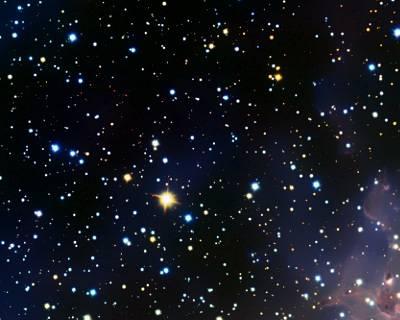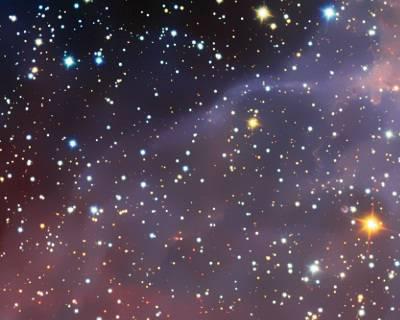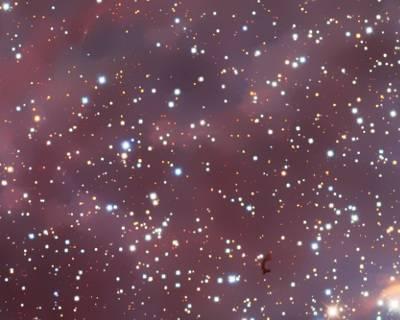| disease | Spinal Canal Stenosis |
| alias | Primary Spinal Canal Stenosis, Degenerative Spinal Stenosis, Developmental Spinal Stenosis, Iatrogenic Spinal Stenosis, Secondary Spinal Canal Stenosis |
In 1803, Porta first noted that the narrowing of the spinal canal diameter was a cause of nerve compression within the spine. In 1910, Sumita first documented lumbar spinal stenosis in individuals with achondroplasia, followed by descriptions of the condition by Donath and Vogl. In 1953, Schlesinger and Taverus provided a more comprehensive account. In 1954, Verbiest and later in 1962, Epstenin proposed that lumbar spinal stenosis could compress the cauda equina, leading to neurological complications. In 1964, Brish and in 1966, Jaffe et al. described the association between intermittent claudication and spinal stenosis.
bubble_chart Etiology
Developmental spinal stenosis, also known as primary spinal stenosis, is caused by congenital developmental abnormalities. As a result, both the anteroposterior and transverse diameters of the spinal canal are uniformly narrowed. The capacity of the spinal canal is reduced, and any predisposing factor can further narrow the canal, leading to irritation or compression symptoms of the spinal cord, cauda equina, or nerve roots. For example, a trefoil-shaped transverse canal often results in lateral recess stenosis. Degenerative spinal stenosis, also called secondary spinal stenosis, is primarily caused by degenerative changes in the spine. Due to these degenerative changes, intervertebral discs shrink and are absorbed, intervertebral spaces narrow, annular ligaments loosen, and the spine may develop pseudospondylolisthesis or hyperplasia. Additionally, because of spinal laxity, the lamina and ligamentum flavum may thicken due to abnormal stimulation (e.g., a lamina thickness exceeding 5mm or a ligamentum flavum thickness exceeding 4mm is considered abnormal). The epidural fat may undergo degeneration or fibrosis, compressing the dura mater and leading to a series of symptoms involving compression or irritation of the cauda equina and nerves. Spondylolytic stenosis occurs in patients with spondylolysis or lumbar isthmic defects, often resulting in spondylolisthesis. When spondylolisthesis occurs, the anterior and posterior displacement of the upper and lower spinal canal can further narrow the canal. Moreover, spondylolisthesis accelerates degenerative changes, and fibrous cartilage hyperplasia at the isthmus exacerbates spinal stenosis, compressing the cauda equina or nerve roots in the lateral recess and causing spinal stenosis symptoms. Iatrogenic spinal stenosis arises from various surgical interventions, particularly after spinal fusion and bone grafting. This often leads to hypertrophy of the interspinous ligament and ligamentum flavum or thickening of the entire lamina at the graft site, resulting in spinal canal narrowing and compression of the cauda equina or nerve roots, thereby causing spinal stenosis. Traumatic spinal stenosis occurs when the spine is injured, especially in cases of severe trauma leading to spinal fractures or dislocations, which often cause spinal canal narrowing, compressing or irritating the cauda equina or nerve roots and resulting in spinal stenosis. Spinal stenosis caused by other bone diseases, such as Paget's disease or fluorosis, can reduce the spinal canal's capacity due to thickening of the vertebral bodies, laminae, and soft tissues, compressing or irritating nerve roots and leading to spinal stenosis.
bubble_chart Clinical ManifestationsThis condition is most common in men aged 40 to 50, especially at the lumbar spine levels L4–5 and L5–S1. The main symptoms are low back and leg pain, often presenting as unilateral or bilateral radicular radiating neuralgia. In severe cases, it may cause weakness in both lower limbs, sphincter relaxation, urinary and fecal dysfunction, or mild paralysis. Another primary symptom of spinal stenosis is intermittent claudication. Most patients experience worsening low back and leg pain when standing or walking, and after walking a short distance, they feel pain, numbness, and weakness in the lower limbs, which intensifies with continued walking. Symptoms of low back and leg pain and claudication may alleviate slightly when squatting or sitting briefly. The main cause of intermittent claudication may be related to irritation or compression of the cauda equina or nerve roots. In 1803, Portal first noted that narrowing of the anteroposterior diameter of the spinal canal could compress the nerves within. In 1858, Charcot suggested that vascular disorders in the lower limbs leading to insufficient blood supply to skeletal muscles could also cause intermittent claudication, thus dividing it into two major categories: neurogenic intermittent claudication and vascular intermittent claudication. In 1949, Boyd pointed out that vascular intermittent claudication only occurs after walking, causing fleshy rigidity and cramping pain in the thigh or calf muscles, which alleviates with rest. In contrast, intermittent claudication caused by compression of the lumbosacral nerve roots due to spinal stenosis is termed neurogenic intermittent claudication. Changes in posture can trigger radiating neuralgia in the lower limbs, particularly when the lumbar spine is hyperextended, exacerbating low back and leg pain. This is because hyperextension widens the anterior part of the lumbar intervertebral space while narrowing the posterior part, often causing the lumbar intervertebral disc and annulus fibrosus to protrude into the spinal canal, further narrowing it and irritating or compressing the nerve roots. Additionally, hyperextension shortens and thickens the nerve roots, making them more susceptible to compression and resulting in nerve root or cauda equina irritation. Simultaneously, the ligamentum flavum relaxes and thickens, forming folds that reduce the size of the intervertebral foramen, compressing or irritating the cauda equina and nerve roots, leading to related symptoms. These clinical symptoms may lessen when the lumbar spine is flexed forward due to the elongation of posterior spinal canal tissues, reduced canal contents, and retraction of herniated discs. They may also improve with slight squatting, brief sitting, or bed rest. Therefore, patients with lumbar spinal stenosis often report more and more severe subjective symptoms but exhibit fewer positive signs, as clinical signs may have already alleviated or disappeared by the time of examination. Common clinical signs, aside from symptom relief during lumbar flexion and exacerbation during hyperextension, often include positive or negative straight leg raise tests (usually bilaterally similar), abnormal or reduced sensation in the lower limbs, leg weakness, abnormal knee and Achilles tendon reflexes, sphincter weakness, and urinary and fecal dysfunction.
1. **Absolute Type:** The midsagittal diameter of the spinal canal is ≤10mm (m-s ≤10mm).
2. **Relative Type:** The midsagittal diameter of the spinal canal is ≤10–12mm (m-s 10–12mm), which is more common.
3. **Mixed Type.**
In summary, a midsagittal diameter (m-s diameter) <11.5mm is definitively pathological. If the ratio of the midsagittal diameter at the cranial or caudal end of the lumbar spinal canal exceeds 1, it is considered abnormal (the normal ratio of m-s diameters is <1).
**Transverse Diameter:** The maximum distance between the pedicles averages 23mm, with a normal lower limit of 13mm (15mm on X-ray).
bubble_chart Auxiliary Examination
Anteroposterior X-rays often reveal grade I lumbar scoliosis, narrowed interarticular facet joint spaces, and degenerative changes. Lateral X-rays typically show a reduced central sagittal diameter of the spinal canal; a measurement less than 15mm suggests possible stenosis. When necessary, lumbar puncture, Queckenstedt's test, cerebrospinal fluid analysis, and myelography may be performed. Myelography is a reliable diagnostic method for this condition. Anteroposterior films clearly demonstrate the size of the dural sac. Striped or root-like shadows indicate compression of the cauda equina nerve roots or complete obstruction, while segmented narrowing or interruption of the contrast column suggests multiple or complete obstructions.
CT and MRI examinations reveal altered size ratios between the thecal sac and bony vertebrae, compression of the thecal sac and nerve roots, disappearance or reduction of epidural fat, facet joint hypertrophy leading to lateral recess and spinal canal stenosis, trefoil-shaped spinal canal, and thickening of the ligamentum flavum and posterior longitudinal ligament.
Based on detailed medical history, clinical symptoms and signs, X-ray images, and myelography, the diagnosis is not difficult, but it needs to be differentiated from prolapse of lumbar intervertebral disc and thromboangiitis obliterans.
bubble_chart Treatment Measures
For atypical cases, non-surgical therapy should be prioritized, such as bed rest, traction, tuina, physical therapy, and medication. At the same time, it is essential to avoid cold exposure and overexertion to promote the recovery of nerve stimulation symptoms. For typical cases that do not respond to non-surgical therapy, surgical treatment should be considered.
The surgery primarily involves complete laminectomy for thorough decompression. Thorough decompression means that during laminectomy, not only should the removal be sufficiently high and wide, but it should also address the hyperplastic bone at the posterior part of the vertebral body (anterior part of the spinal canal) and the lateral recess to completely relieve all compression on the cauda equina and nerve roots.





